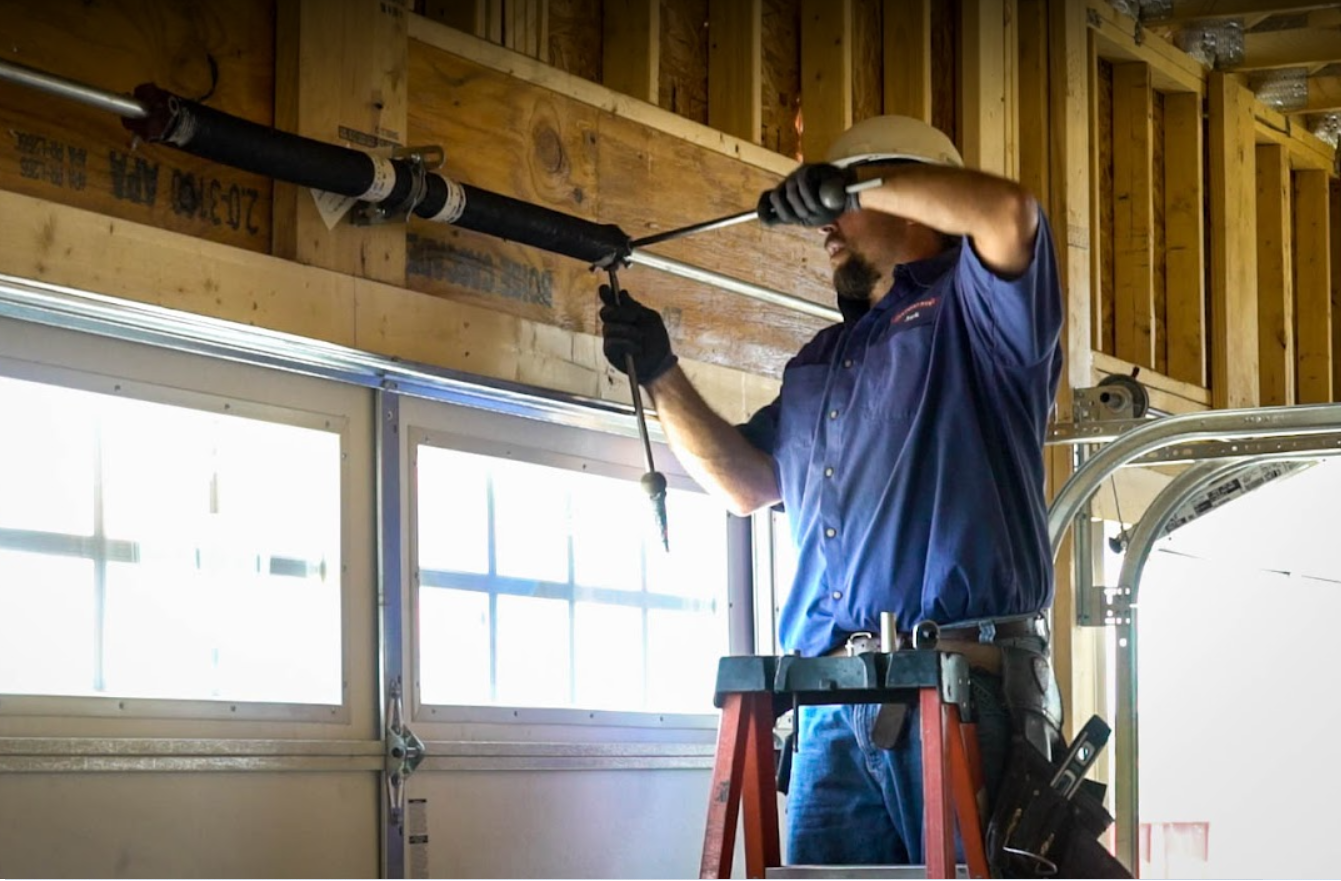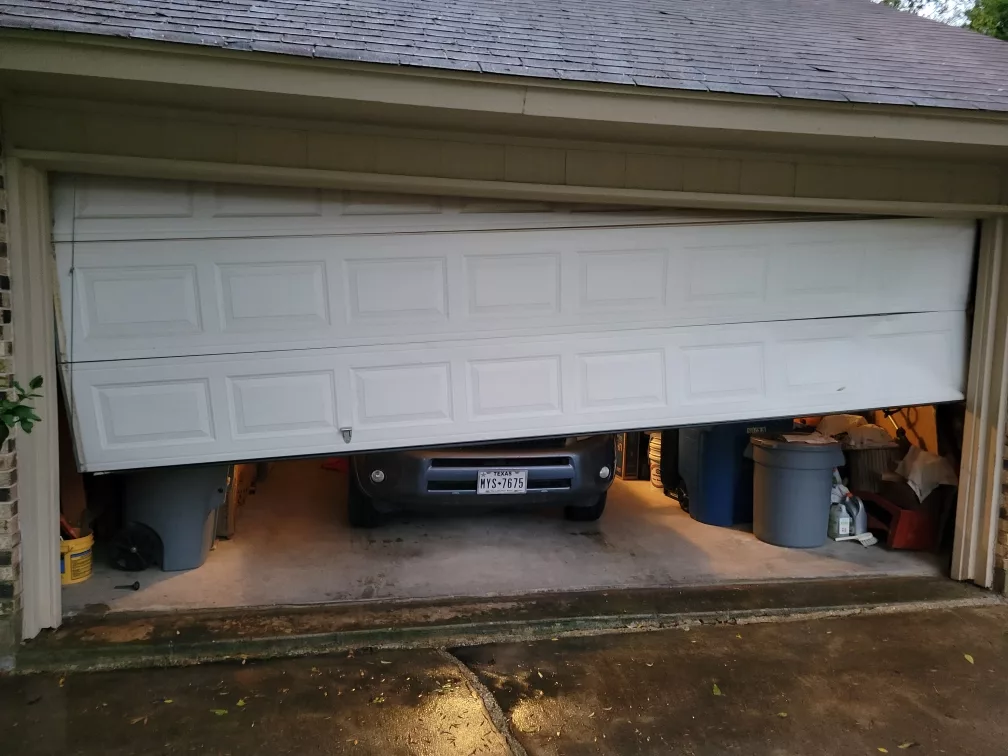Gate Opener Installation: Specialist Setup for Your Gate Opener
Gate Opener Installation: Specialist Setup for Your Gate Opener
Blog Article
Step-by-Step Directions for Attending To Common Garage Door Services in your home
Navigating typical garage door fixings can be a manageable job for homeowners with the right strategy. As we explore each fixing procedure, you'll find functional methods that can boost the longevity of your garage door, setting the phase for a more efficient home maintenance regimen.
Fixing a Stuck Garage Door
Experiencing a stuck garage door can be discouraging, especially when it disrupts your day-to-day regimen. Repairing this issue needs a methodical strategy to identify the underlying reason. Begin by examining the tracks for any particles or blockages. Dust, leaves, or perhaps small items can restrain the door's activity. If any type of international products exist, clear them away carefully.
Following, take a look at the rollers and joints. Look for indications of wear or damage, as these elements are essential for smooth procedure. Lubricating these components with a silicone-based spray can boost functionality and reduce rubbing.
Furthermore, check the alignment of the tracks. Misaligned tracks can cause the door to jam. If you observe an imbalance, carefully tap the tracks back right into setting using a rubber club.
Last but not least, guarantee that the garage door opener is functioning correctly. Pay attention for any unusual sounds or failing to respond. If the opener is malfunctioning, consulting the manufacturer's directions or speaking to a professional may be necessary. By complying with these troubleshooting actions, you can effectively attend to a stuck garage door and recover its functionality.

Repairing Noisy Garage Door Openers
A loud garage door opener can be a significant aggravation, interrupting the tranquility of your home and suggesting potential mechanical concerns. Addressing this problem promptly can improve both the performance of the opener and the comfort of your home.
First, identify the resource of the noise. Usual causes include loosened equipment, worn rollers, or absence of lubrication. Begin by examining the installing brackets and screws; tighten any kind of loose components to decrease rattling. Next off, check out the rollers for wear or damages. If they appear cracked or used, think about replacing them with nylon rollers, which tend to operate even more silently.
Lubrication is important for a smooth operation. Utilize a silicone-based lube on the moving components, including rollers, hinges, and tracks. Stay clear of making use of oil, as it can bring in dirt and debris, causing further concerns.

Fixing Broken Springs
Damaged garage door springs can compromise the whole system, making the door unusable and presenting safety and security dangers. These springs are crucial for counterbalancing the weight of the garage door, making its procedure smooth and reliable. When a springtime breaks, it can result in the door going down suddenly or ending up being stuck, developing prospective risks for individuals.
To fix broken springs, first, guarantee safety by disconnecting the garage door opener and securing the door in the closed position. For torsion springs, very carefully loosen up the stress using proper tools, guaranteeing to use safety goggles and handwear covers.
Ensure all elements are firmly fastened and recheck the door's equilibrium by manually lifting it halfway. Reconnect the garage door opener and carry out an examination to guarantee smooth procedure.
Aligning Misaligned Tracks
Correct placement of garage door tracks is essential for the reliable and safe procedure of the door. Misaligned tracks can create the door to bind, making it tough to open up or shut, and may cause more damage over time. To address this dig this concern, first, make certain the door is fully shut to avoid any you can try this out type of injury during the repair service process.
Begin by visually evaluating the tracks for any type of bends or distortions. Utilize a degree to examine if the tracks are vertically lined up. If they are not, delicately tap the track with a rubber mallet to straighten it. Take care not to apply extreme pressure, as this can result in additional damage.
Following, examine the braces that hold the tracks in place. If they hang, tighten the screws with a socket wrench. For tracks that are considerably misaligned, it might be essential to eliminate the track from its braces, adjust its placement, and after that reattach it firmly.

Changing Damaged Garage Door Panels
When confronted with harmed garage door panels, it's essential to address linked here the concern immediately to keep the door's performance and aesthetic charm. The very first step in changing harmed panels is to evaluate the extent of the damage. If the damage is restricted to a couple of panels, replacement is frequently a lot more cost-efficient than changing the whole door.
Begin by purchasing substitute panels that match your existing garage door. Ensure you get the right dimension and style, as garage doors come in different styles and materials.
Once the harmed panels are removed, position the new panels in position. Secure them by reattaching the screws according to the supplier's specs. After installment, reconnect the garage door opener and test the door to guarantee it runs smoothly. Examine the door for any type of voids or misalignments, making modifications as essential. Routine maintenance and prompt repairs can prolong the life of your garage door, guaranteeing its ongoing functionality and visual appeal.
Conclusion
Resolving issues such as stuck doors, noisy openers, broken springtimes, misaligned tracks, and damaged panels ensures optimal capability and lengthens the life-span of the garage door system. Adopting these methods not just improves the ease of making use of a garage door however additionally adds to overall home security and protection.
Report this page